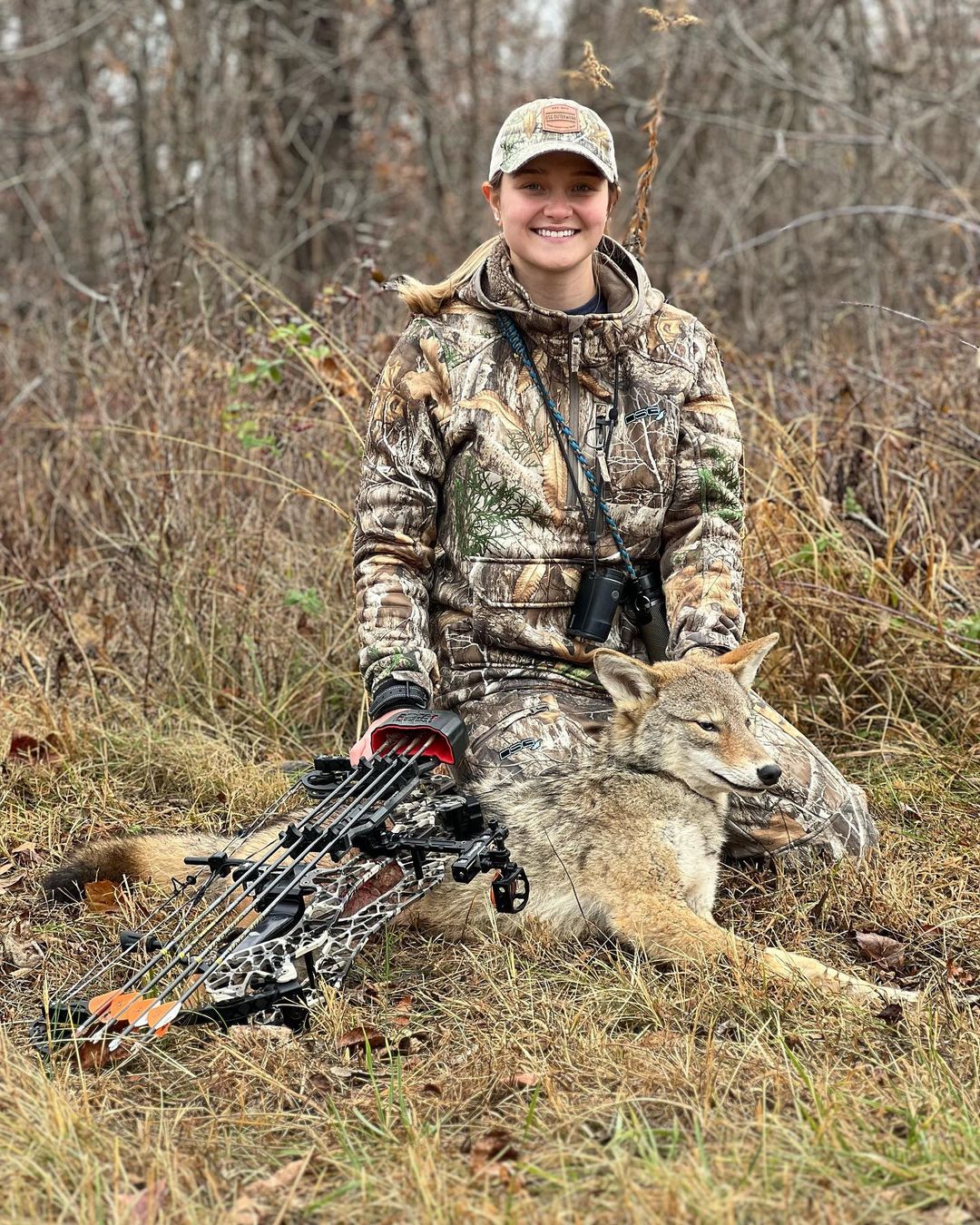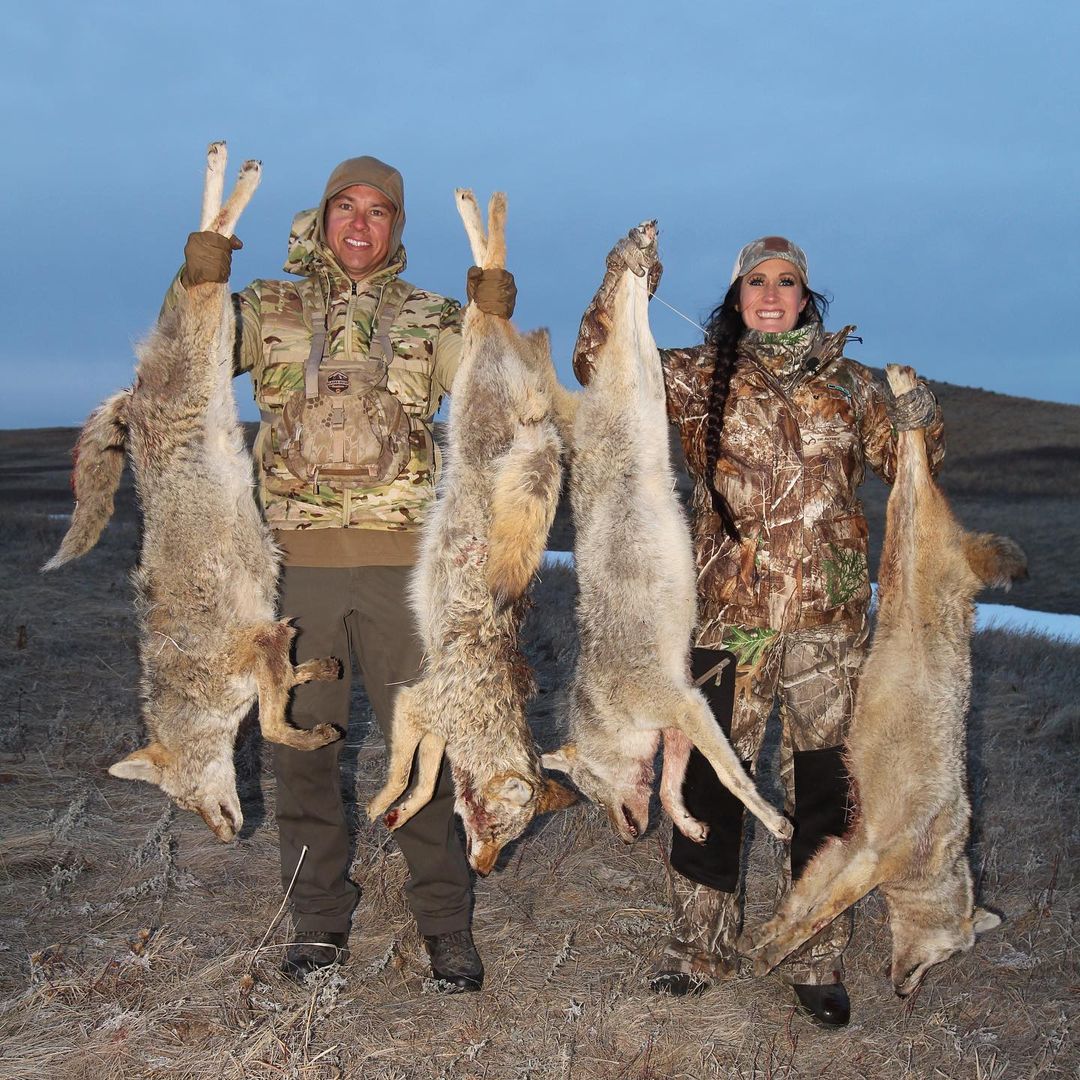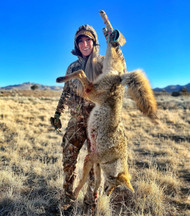Calling All Coyotes: Tips for Beginners
Posted by Samantha Simma on Mar 2nd 2020
The coyote is known to be an elusive trickster. Which is why taking down one of these quick-witted predators is very rewarding for hunters. But how do you do it? Employ your hunting knowledge and our coyote hunting tips to outwit the coy coyote…

As coyotes are nighttime predators, coyote hunting is often done at night—an added thrill to this particular type of prey. Similar to pursuing other animals, you’ll want to scout your areas beforehand. Look for signs of coyote kills, scat, and tracks. With coyotes, an added indicator is their howling. Expand your hunting areas by getting to know landowners and farmers who have heard coyotes in their vicinity and wouldn’t mind having them subsequently removed by you!
Double check your state’s coyote hunting rules and regulations. You must acquire clearly communicated permission before hunting on someone else’s property.
Prime coyote hunting areas will have an open expanse, like a farm field, as well as an area that you can set up with a clear vantage point while still being concealed from an incoming coyote’s sight. It’s important that you get from your vehicle to your post without being seen, heard, or smelled by coyotes.
A crucial component of coyote hunting is calling. There are a mix of electronic coyote calls and mouth calls on the market. Mouth calls are more of a challenge, as electronic calls deliver multiple vocals in one consistent setup. On the other hand, those mouth calls are less expensive and easy to carry. If you’re using an electronic call, you’ll want to set it out more than 30 yards from your position, but less than 100 yards away. Under prime conditions, place the call upwind and aim it away from your position. Some hunters will also employ a decoy to increase a coyote’s confusion on their approach.

With the increase in coyote populations comes an increase in pressure on these predatory pups. Coyotes are becoming increasingly coy as the pressure to eradicate them simultaneously increases. Your calling tactics may need some finessing before they convince a coyote to commit. View your calling as a conversation with the coyotes that are out there—you want to appeal to a coyote rather than intimidate them.
Generally, your coyotes calls will be the sounds of potential prey in distress, coyotes in distress, or a territory intrusion. A dying rabbit is the go-to for most coyote hunters, but coyotes will start to wise up to this sound. Many hunters stand by the belief that you should start the coyote conversation with some coyote vocals. This could be an individual, or multiple coyotes. Vary the types of calls to create realism. You want to build the coyote’s confidence that what he’s hearing is real.
Not only should your types of calls vary, but their duration should as well. Consider your calling area as well—open areas require louder, longer calling sequences. Strike a balance with your calling—between calling too frequently and too sporadically. Logically, if the rest between calls is too long, the keen coyote will lose interest. But if your calls are unnaturally too frequent, that is a cue to the coyote as well, that something is amiss.

Next, consider your volume. Many hunters will recommend that you start low, and increase the volume over time, but be sure to turn down the volume when a coyote comes into sight. Be cautious: louder calls will call in coyotes from far away but may spook any that are nearby. With practice, you’ll learn to hold a conversation with these predators.
Before you call your location a dud, give it a chance. That means a session of 20-30 minutes on an individual night, and additional sessions if the first night doesn’t pay off. And if you pull off a shot, the hunt doesn’t end there with coyotes. These pack animals won’t likely be alone. After you’ve downed your first coyote, sound an animal in distress to bring in his friends.
Like all modes of hunting, persistence pays off. There are no hard and fast rules for coyote hunting and calling—what works one night, might not work the very next. Track your tactics and the areas you hunt, making note of what pays off. You might start to see some patterns, but if not, that’s part of the fun!

